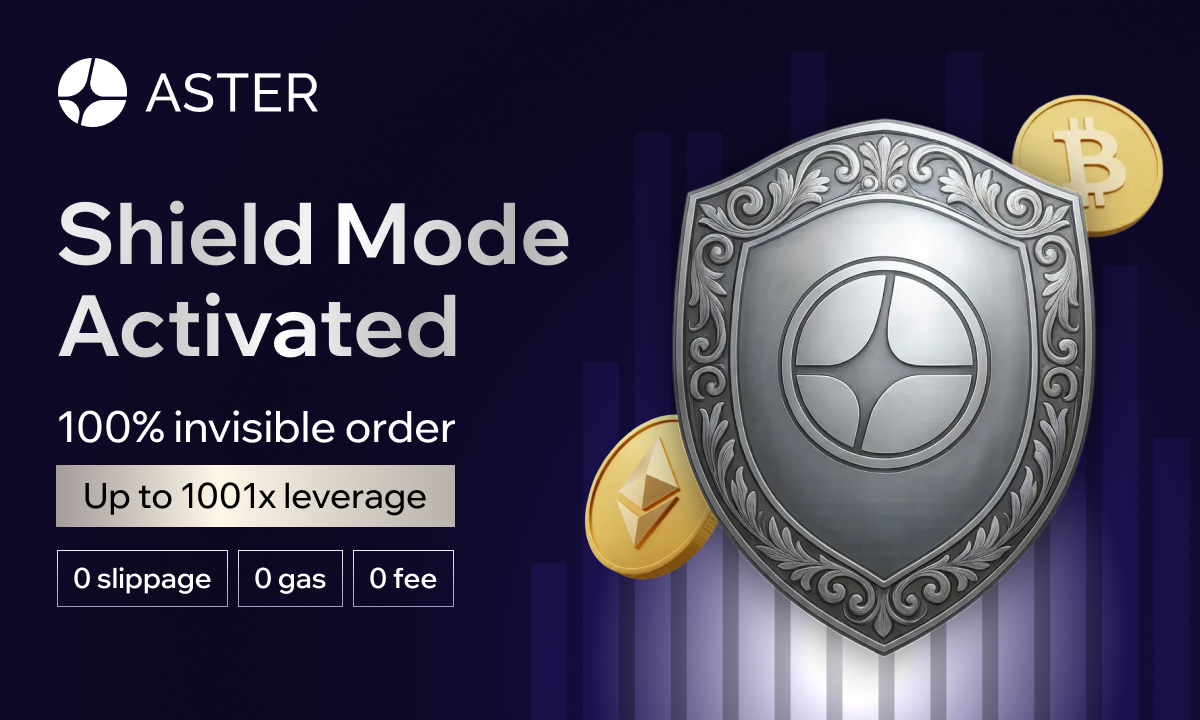Buying an NFT for the first time can be daunting. So how do you decide which one is right for you with so many options available? Whether you’re looking for a storage solution or joining the NFT community, here are five important things to consider before purchasing.Â
Type of NFT
The first thing to consider is the type of NFT, given that there are various options available, each with its own unique set of features and benefits. Some popular choices include:
– Cryptocurrencies: Bitcoin, Ethereum, Litecoin, etc.
– Tokens: ERC20 tokens or custom tokens on top of blockchains, like Ethereum
– Assets: Digital assets such as images, videos, or music files
– Collectibles: Unique digital items that can be collected and traded, like CryptoKitties or Beanie Babies
Reputable seller
Finding a reputable seller is the next step after deciding what type of NFT you want to buy. Do your research and read reviews from other buyers to ensure you’re buying a quality product. It’s also important to be aware of any scams, so always use caution when dealing with new sellers.
Verify
After identifying a trustworthy seller, the next step is to verify that they possess the NFTs they’re selling. One way to do this is to check the NFT’s transaction history on a blockchain explorer like Etherscan. This will show you all the transactions associated with that particular NFT, including who owns it and when it was last traded. Then, if everything looks legit, you can proceed with the purchase.
Backed by real assets
The fourth thing to check for is whether or not real assets back the NFT. NFTs are backed by cryptocurrencies such as Bitcoin or Ether and are traded for other currencies like US dollars and Euros. However, some NFTs are backed by physical items like artwork or collectibles that cannot be easily converted into cash without selling them first on an exchange platform like OpenSea.
Liquidity
Finally, it’s important to consider the NFT’s liquidity before purchasing it. This refers to how easy it is for someone else to buy your NFT from you if they want the same thing but don’t have enough money right now (or vice-versa). Liquidity is measured using a metric called ‘slippage.’ Slippage occurs when there aren’t many buyers willing to pay the current asking price, resulting in a loss of value for the NFT. The higher the slippage rate, the less liquid is the NFT. So if you’re not sure whether you’ll be able to sell your NFT later, it’s best to avoid those with high slippage rates.Â
Follow these five tips to make a safe and informed purchase!









